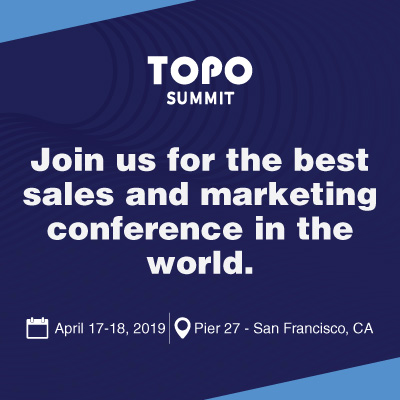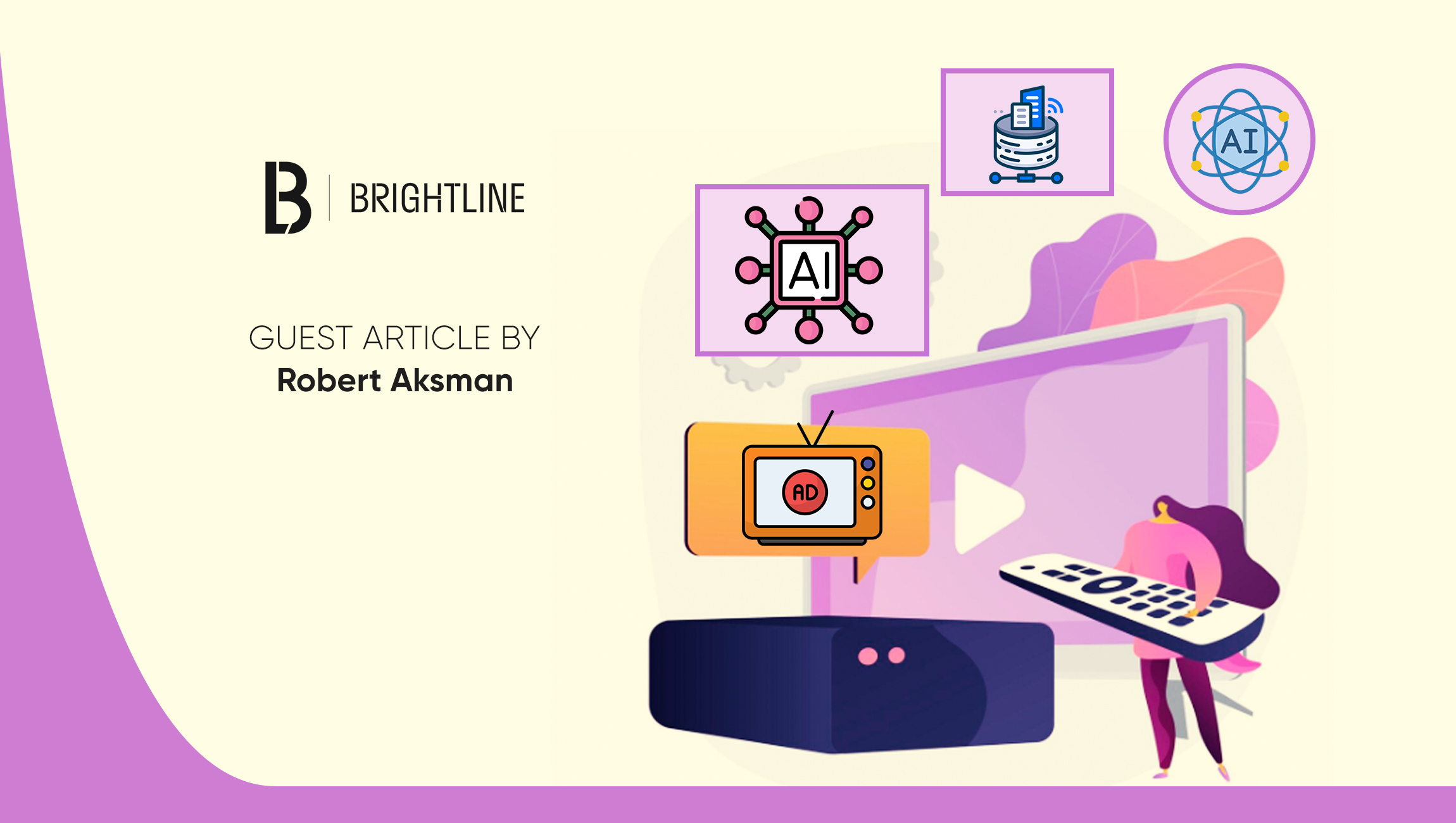What does it take to truly get personalization right in the modern marketing ecosystem? Haley Trost, Group Product Marketing Manager at Braze weighs in with some pointers in this MarTech Interview by MarTech Series:
_________
Hi Haley, tell us more about your time at Braze and journey in Martech?
I’ve been on the Braze product marketing team for nearly five years, working across a wide range of product areas, but today, I focus specifically on marketing our core email, app, and web channels. I started my career at a startup that I often describe as “Braze-lite”: a single-channel SMS platform built for a single industry (education). That early experience sparked my interest in how transformative a little nudge can be, whether it’s a text that inspires a student to enroll in college or a product recommendation that helps you find the perfect Father’s Day gift.
What’s kept me excited about working in martech is how often I see our work come to life in the wild. I’m a customer of many brands that use Braze, so it’s always fascinating and rewarding to watch how our platform powers the moments I experience personally. Just last night I redeemed a loyalty promo when ordering dinner, and it was oddly gratifying to tell my husband, “That was a Braze Content Card!”
Can you share more about Braze’s latest enhancements that can enable marketers to drive better personalization practices?
Personalization is often treated like a switch: you either have it or you don’t. In reality, personalization is a spectrum. At one end, it’s a first name in a subject line. Technically personalized? Sure. But meaningful? Not really.
Today’s consumers expect more. They want brands to understand their values, anticipate their needs, and engage in ways that feel personal, not programmed or purely transactional. It’s the difference between “How did they know that?” and “That’s exactly what I needed.”
That shift requires two things: trustworthy data and the ability to act on real-time signals. Most brands have plenty of data. The challenge is using it responsibly, transparently, and in a way that adds genuine value. Without the right context, even the best-intentioned message can become a distraction.
Braze has always believed that trust is earned. Over a decade ago, before “first-party data” became a buzzword, we built our platform on the idea that customer engagement should feel more like a relationship—you listen, you show up when needed, and you say the right thing.
We just launched three new solutions in this area, including Canvas Context, which addresses one of the biggest scaling challenges marketers face: how do you create unique experiences for every customer without building infinite campaigns? It works by letting marketers add temporary, situation-specific variables (like flight time or order date) to a journey to personalize timing, logic, and messaging to each customer, turning a single Canvas into virtually infinite possible customer journeys.
We also built RCS and Banners to expand where these dynamic, meaningful interactions can actually happen. Whether they’re browsing your website, exploring your app, or scrolling through their messages, customers expect marketers to keep up. RCS is the next generation of SMS, with richer, more interactive experiences delivered within the native Messages app, while Banners sit naturally within the app or website, updating with personalized content for each visitor without feeling like they’re competing for attention.
In our data-saturated landscape, brands must grasp their customers’ immediate context and needs. Success isn’t about visibility alone – it’s about delivering the perfect message at the precise moment that creates meaningful connections with the people they’re engaging.
What challenges do modern marketers face when it comes to scaling personalized marketing campaigns?
The biggest challenge isn’t lack of data, but lack of data intelligence. Marketers are drowning in information but struggling to turn it into meaningful actions across channels. Building unique experiences for every customer sounds great in theory, but with millions of customers across multiple channels, the complexity becomes overwhelming and it simply doesn’t scale. Marketers need tools that can interpret and act on real-time cues.
Marketers are also reimagining personalization in a first-party data world, getting smarter about the data they have rather than relying on third-party insights. When customers willingly share their information, it creates a foundation for helpful personalization that doesn’t feel invasive. To build that trust, marketers must respect consent and turn each volunteered detail into immediate, visible value.
Marketing Technology News: Martech Interview with Meena Ganesh, Senior Product Marketing Manager @ Box AI
How can modern marketers drive impacting and meaningful customer engagements in today’s multi-channel environment?
The companies doing this well understand that each channel serves different purposes for the same person. Customers don’t think in channels, they think in journeys, where each touchpoint should feel like the same conversation picking up exactly where the last one left off. A relevant push notification should reinforce what they just saw on your site. An email follow-up should align with their in-app behavior.
The key is real-time decisioning at the moment of data ingestion, so when a customer takes an action—makes a purchase, opens a message, browses a product—your platform instantly interprets that signal, determines the optimal response, and delivers it on the most relevant touchpoint. That means you also need your data and your channels to coexist in the same platform, so you can use interactions happening on one channel to inform actions on another.
Can you highlight a little about some brands across the world that have got the personalization game right?
The brands getting personalization right aren’t guessing what customers want, they’re reading the signals and responding accordingly. Instead of just segmenting by age or location, they’re paying attention to how customers engage, when they make purchases, and where they are in their journey.
Max is a good example – their personalization framework balances what they implicitly know about a viewer with what the viewer explicitly shares with them. For example, Max might recommend a certain movie to a viewer based on what that viewer watched recently. The viewer is indirectly telling Max what type of content they’re interested in.
But when preferences aren’t clear – they directly ask! Their fun in-app quizzes, like “Which Hogwarts House are you in?”, double as engagement and smart first-party data collection. This blended approach builds trust, fuels better recommendations, and sets the stage for more personal, high-performing campaigns.
Another great example is Kayo Sports, which delivers 1:1 personalized experiences with AI determining the optimal message, creative, channel, timing, frequency, and promotions for each individual subscriber. Their sophisticated AI-powered personalization system has delivered a 14% increase in customers reactivating within 12 months of churning, an 8% increase in average annual occupancy, and a 105% increase in cross-selling.
These brands understand that timing and context matter more than knowing someone’s zip code. They’re responding to actual behavior rather than making assumptions based on broad categories.
How will AI impact the overall marketing game and how will future marketers be able to use AI effectively to drive deeper personalization and relevance?
AI is reshaping the personalization landscape by making true 1:1 experiences at scale finally possible. It empowers marketers to engage with each customer as an individual, tailoring content, timing, and messages based on real-time signals. We see AI as a powerful enabler of this shift. It takes on the heavy lifting of analyzing data, identifying patterns, and optimizing journeys, so that marketers can focus on strategy, creativity, and human connection.
The exciting part is predictive personalization, using AI to anticipate what customers need next, not just responding to past behavior. But as AI gets more sophisticated and accessible, brands need to be thoughtful about privacy and consent. The goal isn’t using AI to send more messages, it’s using data to be more strategic about when and how you reach them.
A few ways in which your own team at Braze does this for now?
One of the sort of meta things about being on the marketing team at Braze is that we are marketers using Braze to market Braze to marketers. We actually use our own platform to keep our customers engaged. First, we combine what we know about an account, like business size and industry, with user-level signals, like feature usage or content engagement, to deliver targeted recommendations at just the right moment. For example, we might send an email with ideas for what to do next right after a user launches their first campaign.
We also blend implicit signals with explicit preferences. We collect preferences from users directly in the dashboard, so we know if they are looking for product tips, learning resources, webinars, etc and can proactively share new resources related to those preferences with them on a regular basis.
Five takeaways you’d leave everyone in marketing and martech with before we wrap up?
- Personalization is a spectrum, not a switch. Don’t settle for just using basic data like names and purchase history while missing the deeper signals about timing and context. Push toward anticipating needs before customers even realize them and delivering real value in those moments.
- Think of journeys, not channels. Customers don’t want to be bombarded on every application, they want consistent, contextually relevant experiences that feel like one continuous conversation, regardless of where they interact with your brand.
- Real-time responsiveness beats static segmentation. The future of personalization is about listening in the moment and anticipating accordingly, not assuming what someone might want based on demographic profiles.
- Scale requires smart architecture. You can’t build personalized experiences for millions of customers with manual processes. Invest in platforms and technologies that can process data and make engagement decisions at the speed of customer behavior.
- Let AI do the grunt work so you can get creative. AI handles data crunching and optimization, but it can’t write compelling stories or understand what actually moves people. Use it to free up your brain for the stuff that matters—the creative thinking and storytelling that makes brands stick.
Marketing Technology News: Cross-Department Collaboration with Marketing Workflow Automation: Enhancing Alignment Between Sales, Customer Service, and Marketing Teams

Braze is a leading customer engagement platform that empowers brands to Be Absolutely Engaging.™
Haley Trost, is Group Product Marketing Manager at Braze











